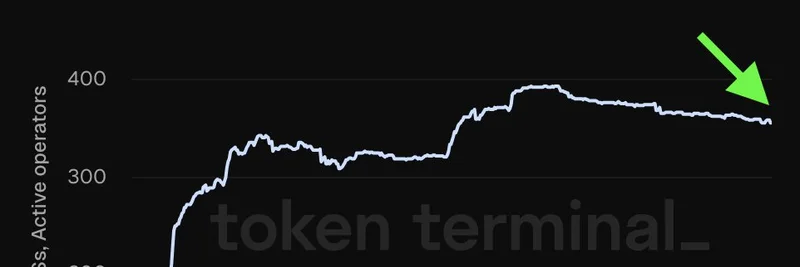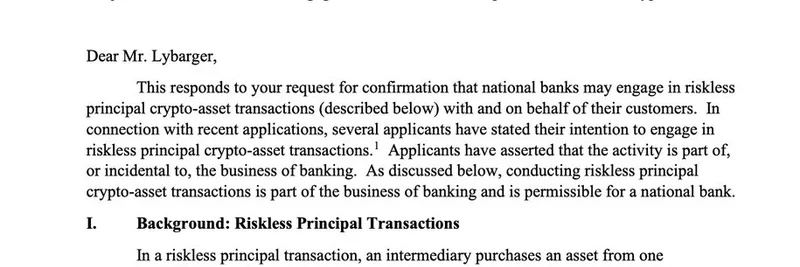If you're knee-deep in the world of blockchain and meme tokens, keeping tabs on infrastructure like EigenLayer is crucial. It powers the security and scalability that could supercharge the next wave of viral projects. Recently, Token Terminal dropped an eye-opening tweet highlighting the current state of active AVSs (Actively Validated Services) and operators on EigenLayer. Let's break it down in simple terms and see what it means for the broader ecosystem.
Understanding the Chart: AVSs and Operators in Focus
The chart from Token Terminal paints a clear picture of EigenLayer's ecosystem dynamics over the past year. On one hand, active AVSs—essentially specialized services or chains secured by restaked ETH—have shown a steady, albeit modest, upward trajectory. Starting near zero in mid-2024, they've climbed to around 71 by mid-2025, with a slight plateau in recent months.
On the flip side, active operators—the nodes that validate and secure these AVSs—tell a different story. They surged dramatically from launch, peaking at over 500 earlier this year, before dipping back down to about 355. Those green arrows in the chart point to the recent declines, hinting at potential consolidation or shifts in the operator landscape. Why the drop? It could be due to operators optimizing their setups, market conditions, or even EigenLayer's evolving incentives—worth watching as the protocol matures.
For those new to this: EigenLayer is a restaking protocol on Ethereum. It lets users "restake" their staked ETH to secure additional services (AVSs) beyond the main Ethereum chain. This boosts capital efficiency and opens doors for innovative apps, including those in the meme token space where fast, secure layers can make or break a project's hype cycle.
The Alphabet Mental Model: Ethereum's Path to Diversification
What really stands out in the tweet is the mental model proposed: Think of Ethereum as Google, the core search engine driving value. Add EigenLayer, and it becomes Alphabet—a holding company overseeing multiple ventures like YouTube, Waymo, and more. In blockchain terms, EigenLayer enables Ethereum to expand into "multiple ventures" without diluting its Layer 1 (L1) focus.
This analogy makes sense. Ethereum's main chain handles the heavy lifting of consensus and security, but EigenLayer unlocks side gigs: AVSs for data availability, rollups, or even custom chains tailored for meme ecosystems. The key assumption here? A portion of fees generated on EigenLayer could eventually be burned, benefiting all ETH holders by increasing scarcity and value—much like stock buybacks in traditional finance.
For meme token enthusiasts, this is exciting. Imagine meme projects leveraging EigenLayer for cheaper, more secure launches. No need to bootstrap a new chain from scratch; just tap into restaked ETH for validation. This could lower barriers, spark more creativity, and tie meme volatility to Ethereum's robust fundamentals.
Why This Matters for Meme Tokens and Blockchain Practitioners
EigenLayer's growth isn't just tech jargon—it's a game-changer for scalability. With 71 active AVSs, we're seeing real adoption, from DeFi protocols to AI-driven services. The operator dip might signal maturation: fewer but more efficient players, which could lead to stabler networks.
If you're building or trading meme tokens, EigenLayer's ecosystem could influence gas fees, security models, and even tokenomics. Projects like those on Solana have shown how fast layers fuel memes, but Ethereum's restaking edge might bring that speed with unmatched decentralization.
Keep an eye on updates from EigenLayer and Token Terminal for the latest data. As the space evolves, tools like this protocol are key to staying ahead in the fast-paced world of crypto.
For more insights on how infrastructure like EigenLayer impacts meme tokens, check out our knowledge base at Meme Insider. What's your take on this mental model—game-changer or hype? Drop your thoughts below!




